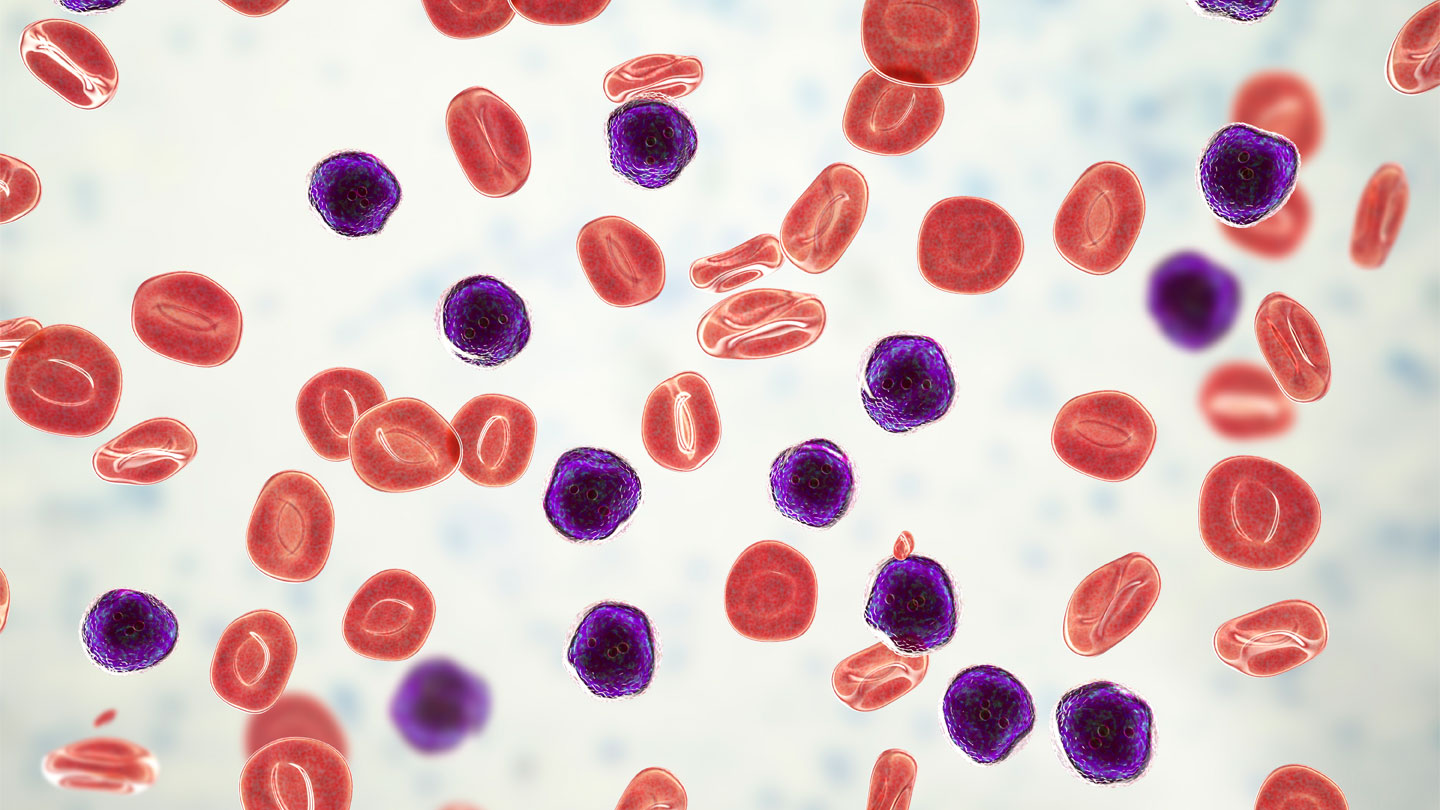The human body is made up of a complex community of trillions of cells of diverse shapes and sizes, all working together to keep you alive. The smallest of these cells, like platelets and red blood cells, are dwarfed by massive muscle cells. When it comes to size, it’s like comparing a shrew to a blue whale.
“We see this pattern all over the place,” across disparate fields, says Ian Hatton, an ecologist at McGill University in Montreal.
The pattern between size and number “has lots of different names,” he says. In ecology, it’s often called the Sheldon spectrum after marine ecologist Raymond Sheldon. Sheldon and his colleagues discovered that when you sort plankton by size in orders of magnitude on a logarithmic scale, each size class has the same mass of organisms. As you go up in size, the number of individuals in a class drops, but the overall mass is unchanged.
In 2021, Hatton and colleagues showed that the same pattern exists when you sort the biomass of ocean organisms generally on a logarithmic scale, “from bacteria to whales,” not just plankton.
2023-09-18 14:15:35
Link from www.sciencenews.org
